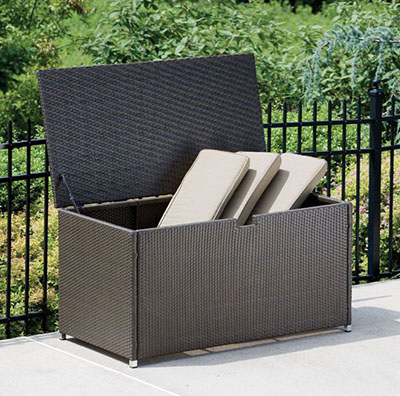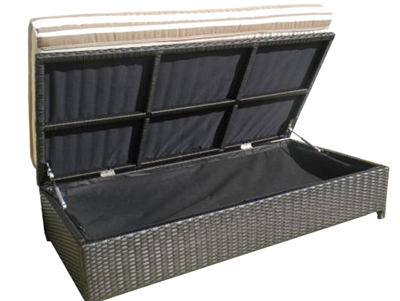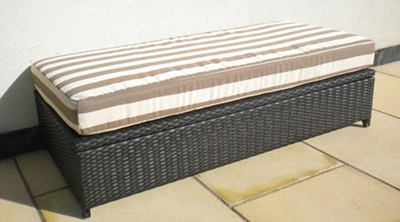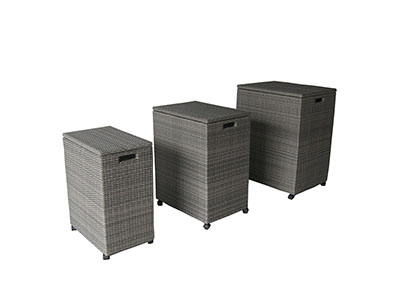1. The subjective evaluation principle. The subjective evaluation of color printing products is a synthesis of the general subjective feelings and artistic psychological requirements. Color prints are copy-processed products, not artistic creations. The comments on manuscript creation awareness should be ruled out here, and the evaluation criteria can only be considered based on the possible reproducibility of color manuscripts.
The subjective evaluation of color prints should be different depending on the purpose of use of the print.
First, a copy of a color product reproduced with an artwork, such as a reproduction of a painting or an artistic photographic work, first looks at its faithfulness to the manuscript. If the original is color-shifted or distorted, the original work or the original scene should be used as the standard. Since printing cannot be completely faithfully reproduced, strictly speaking, it can only be evaluated to the extent that it is close to the original. For this case, the subjective evaluation of the color printing product can be converted into an objective physical quantity measurement, using the original as a comparison standard.
Second, for color prints that mainly serve commercial purposes, such as trademarks, packaging presentations, product advertisements, etc., it is necessary to faithfully reproduce the originals, but with the intent of the merchandise designer or manuscript designer and the user's psychological requirements. Combine.
Subjective assessment of different color print products should be based on the general psychological requirements of the recipient.
Subjective evaluation of color prints is also affected by some of the following objective factors, so that there are differences in the evaluation.
1 First of all, the color print screen must be viewed in the light. The various parameters of the light source are the primary objective factors that influence the subjective evaluation of printed matter. Only in natural light or artificial light with high color rendering and standard color temperature, can a color picture show its true features. Changes in the color temperature of the light source or the discontinuity or inhomogeneity of the spectrum will cause differences in visual perception. At the same time, the evaluation of color prints needs to be performed under sufficiently-suitable brightness and slow-light illumination. Only in this way can the visually distinguish the dark and bright parts of the image. Too weak, too strong or unidirectional direct light will affect the resolution of the dark or light part of the vision.
2 The environmental conditions of the color picture also affect the subjective evaluation results. The same picture is in a bright background or dark background, and its depth will change in visual perception.
The influence of the ambient color on the color of the color screen also changes the subjective perception of the color screen. This requires subjective evaluation of color products in the space environment, do not have light from the side, especially colored light; side and surrounding background should be neutral gray; in the field of view of the reflector brightness shall not exceed the evaluation of product brightness 4 times; dazzling direct light can not be shot into the observer's vision.
3 The observer's mental state also affects the evaluation result. Such as mental fatigue, emotional changes, and environmental climate conditions, will allow viewers to make different evaluations of color prints.
2. The subjective evaluation factors of reproduction reproduction of tone levels. The tone and level distribution of print is the dominant factor in the expression of image and light and shade, and it is the first person's visual stimulation. However, objective landscapes often have a comprehensive impression in people's subjective concepts, and thus inevitably put forward typical and improved artistic requirements for print screens. For example, it is hoped that the main body of the screen will be prominent, the highlights will be distinct, the shadows will be steady, and the light will be real or strong. However, since the contrast of printed materials is limited to a much smaller range than the original scene or manuscript, a large amount of compression must be made during the copying process, and the level redistribution must be adjusted. The reproduction and adjustment of the reproduction result may not necessarily satisfy people's subjective requirements.
On the one hand, the more favorable one is that people's evaluation of the tone of the screen, the general relationship between the tone levels, the subjective feelings of the comparative proportions, and their response in the people's visual brightness are, in addition to the individual artistic psychological requirements, Closer. If we take a general subjective feeling as a comprehensive analysis of the system, we can find more common ground. The American painter Munsell has done objective research and comprehensive analysis in this respect and created the Munsell color three-dimensional system. In this way, through the analysis of the level of tone density in the original manuscript, the evolution rule of the reproduction of the tone level, and the subjective evaluation factors of people's general visual perception and impression concept, the tone reproduction curve of the specific manuscript can be designed. The redistribution adjustment of tone levels in color separations. This can organically combine the subjective evaluation with the objective measurement standard, so that the reproduction of the tone level and the evaluation of the print can be represented.
It is important to note here that, in the design of the copying process of a specific manuscript, or in the adjustment of electronic color tone levels, as well as the evaluation of the final printed matter, in addition to following the general laws of color reproduction, it is always necessary to incorporate People's impression of the objective scenery, as well as the psychological requirements of visual experience. Subjective evaluation factors should also take the subjective requirements of the use objects of color printing products as the basis for consideration. If these subjective evaluation factors are organically integrated into the color image tonal level reproduction design and plate-making adjustment, the color image reproduction will achieve a more perfect reproduction effect.
3. Subjective evaluation factors of color reproduction. Objective scenes are mostly represented by different changes in color, and most of them have different degrees of impression in people's subjective ideas. From this point of view, the faithfulness of print color to the original color or original scene color can be used as a comparative standard for subjective evaluation. However, there are deficiencies in the materials, equipment, and printing and copying methods of color separation and plate printing, and many colors of natural scenes or manuscripts cannot be reproduced faithfully in prints. In particular, the color deviations often present in manuscripts (referred to as color films) cannot be reproduced faithfully in prints. When doing color decomposition and printing and reproduction, color correction and proper redistribution must be done, which inevitably adds artificial subjective factors. This makes the evaluation of print color reproduction not only based on the manuscript color, but also on the part faithful to the manuscript, and can be measured according to objective technical standards. For those parts that cannot be faithful to the manuscript, some artistic processing and improvement are added. , need to add subjective factors to do the evaluation.
People have more complex psychological effects on the visual perception of color, and people's complex demand for color appeal will bring people complex and different feelings, associations and feelings. At the same time, when colors represent the image, subtle changes such as imaginary reality, perspective, warmth and coldness, strength and weakness, and contrast and harmony are required. In this way, under the premise that the printed matter can not faithfully reproduce the original (or original) color, especially when the printed matter is not based on the color of the original scene, the evaluation of the degree of color reproduction of the printed matter cannot be unified. This requires subjective evaluation based on the effect of color on people's psychology, the law of color changes, and the general principle of art color. This is also a subjective evaluation factor that should be taken into consideration when color separation is used to make color adjustments.
For the reproduction of artistic creations, people can make various comments on the original creative consciousness. However, for the reproduction of the product, the level and color of the tone should not be evaluated subjectively, but should be evaluated objectively by the degree of faithful reproduction of the original by the color product.
For other color prints used for product packaging or daily life, only the platemaking producer can conditionally compare the degree of reproduction of the original color. Consumers, however, cannot evaluate their degree of reproduction of the manuscript. Instead, they rely on people’s impressions of the natural understanding, the concept colors, and the desired color of visual psychology to evaluate printed matters.
In short, for the reproduction of color reproduction of printed products, only by combining subjective evaluation with objective technical standards, can we make a comprehensive evaluation, and also make the color reproduction adjustment of plate-making printing more perfect reproduction effect.
Source: Certified Color
Print Quality Control--Subjective Evaluation (6)
Garden
Storage Box is suit for outdoor garden usage for long time,you can put
cushions, pillows into the box, which are very convenience for commercial usage
or general usage. The material is UV resistant PE rattan and 1.2mm thickness aluminum
frame with powder-coated.
Rattan fibers are smoothly double woven around concealed
powder-coated aluminum frames. With easy open design and inner waterproof cover inside to
resistant rain for long time.
·
Traditional forms with a spacious, inviting scale
·
Handwoven premium resin wicker UV resistant
·
Rust-resistant powder-coated frames
·
Adding extra
cushion, the storage box can be ottoman
·
Add wheels on the bottom, convenience for
moving
We
have different design garden storage box, different size for your selection,
you can decorate your home or garden, make your life clean and neat.
If
you have any questions, please contact with us directly. Garden Storage box are
produced by Golden Eagle Outdoor Furniture With High Quality and Good Appearance.
Welcome you can visit our Factory.For any inquiry,Please send mail directly to
us.




Garden Storage Box,Plastic Garden Storage Box,PE Garden Storage Box,Wicker Garden Storage Box,Rattan Garden Furniture,Storage Box
Golden Eagle Outdoor Furniture Co., LTD. , https://www.geoutdoorfurniture.com